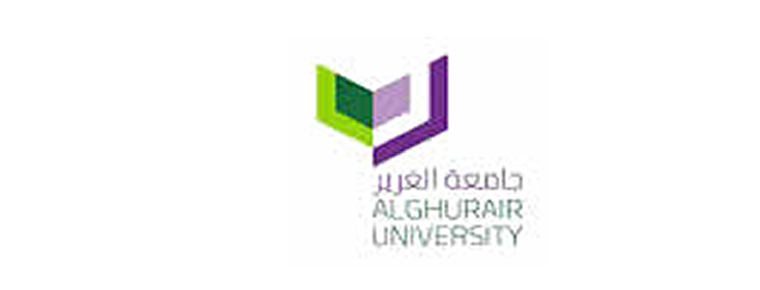Arabic Language Curriculum
The school views the teaching and learning of Arabic as a key priority and promotes the importance of the language every day. Arabic features in Assemblies, on posters and in daily presentations, in newsletters and in staff conversation with their students. We believe that a good level of understanding of the Arabic language by all students, and a high level of fluency for Arab students, is an essential part of studying at the school and in Dubai.
The teaching and learning philosophy for Arabic is driven by what is called, a communicative language approach, where language facility is first grounded in speaking and listening, and the everyday experience of language. On this foundation, students are taught and given motivating language practice so that they build vocabulary, reading and writing skills in equal parts. Occasional opportunities will be taken to immerse classes in using the language, for example by using Arabic heavily around the school during the week running up to the National Day. And everyday signage and display have a role in ensuring that students constantly encounter the language, and recognize its importance within Dubai.
Children will be taught explicit ‘thinking through the language’ strategies that will enable them to learn and build on their vocabulary from a very early age. The strategies will over time form a toolkit for the children to use and adapt as they build on their knowledge of language learning and acquisition.
The school will use a range of teaching and library resources including Ministry materials, artefacts, people (interviews and conversations with local personalities, entrepreneurs and family members) and trips/visits. For non-Arab students, books used for teaching Arabic language are submitted for written approval by the Authority. The school uses additional self-made booklets and schemes based on material from Amery and Cartwright (first 100 words), Aldiwan Online, Al-Asas, the Kalimni Arabi series, Rosetta Stone and similar sources, as well as Arabic dictionaries. We use and adapt material from International School Services (Hiwaraat) that have recently been mapped against US common core standards. An Arabic library is contained within the whole school library and it will include modern resources as well as traditional works. The modern resources (online, games, current affairs, travel material) are considered particularly valuable for the teaching of Arabic as a second language, where more focus is on communicative competence that is aided by materials that students instantly perceive to have relevance.


